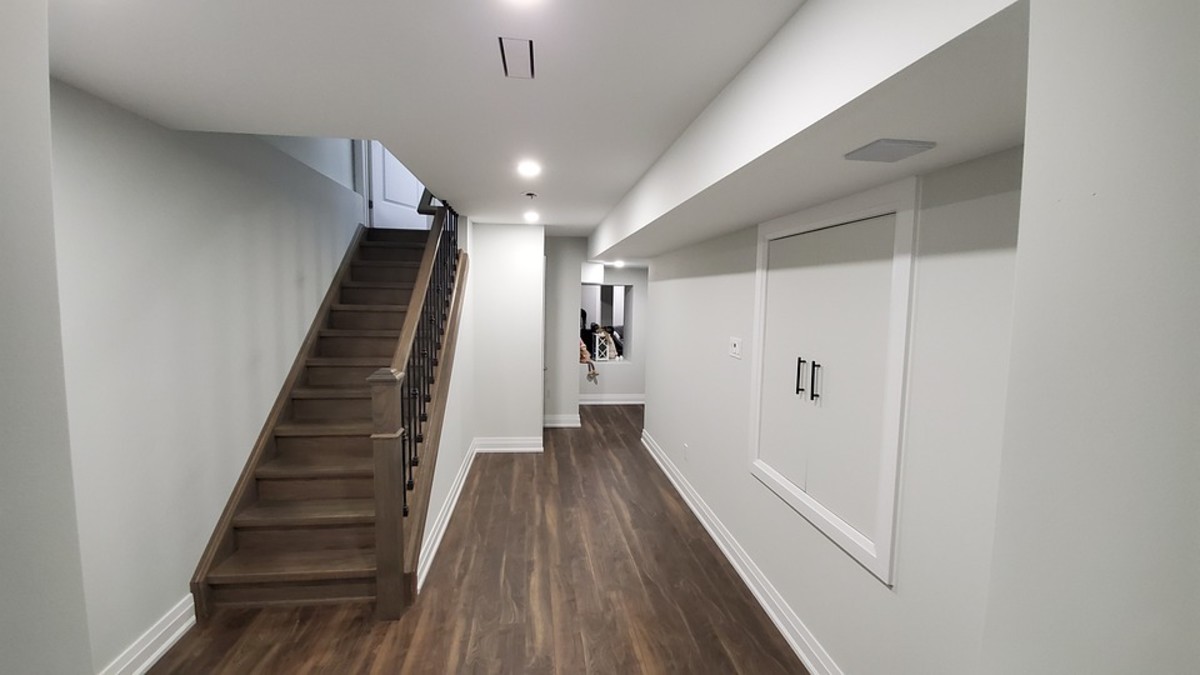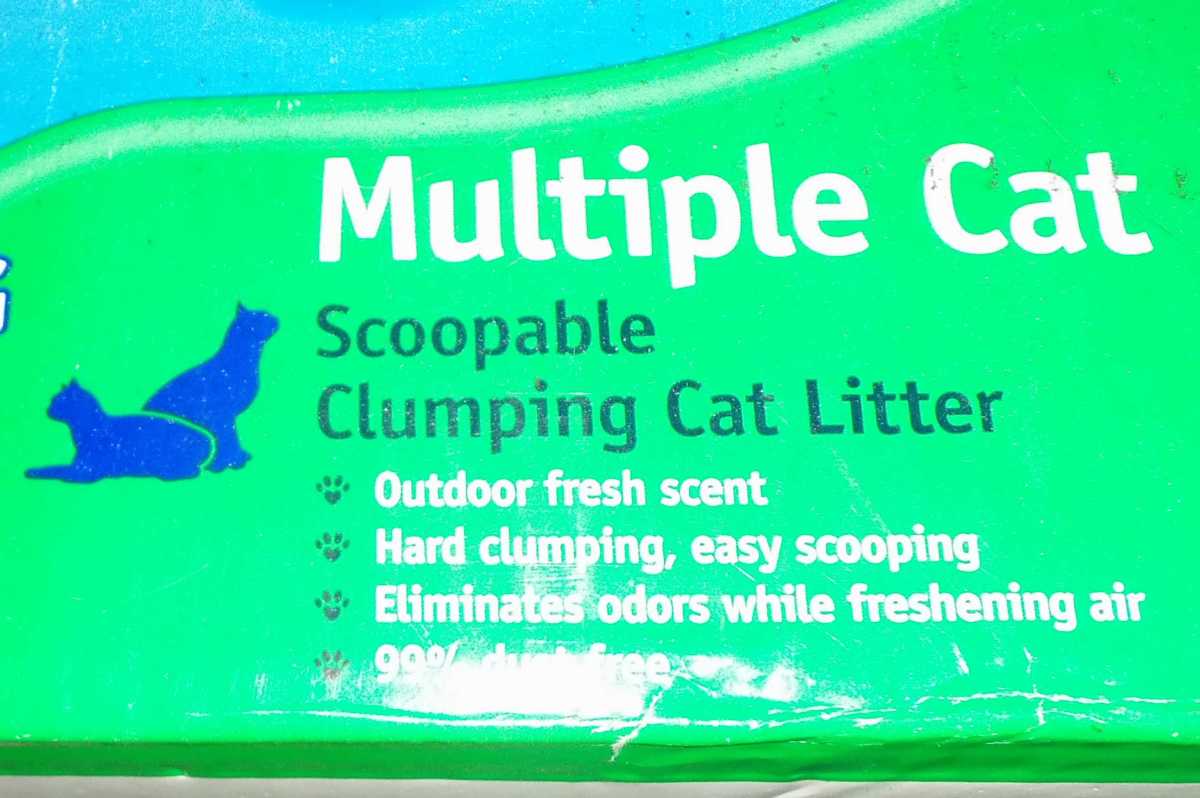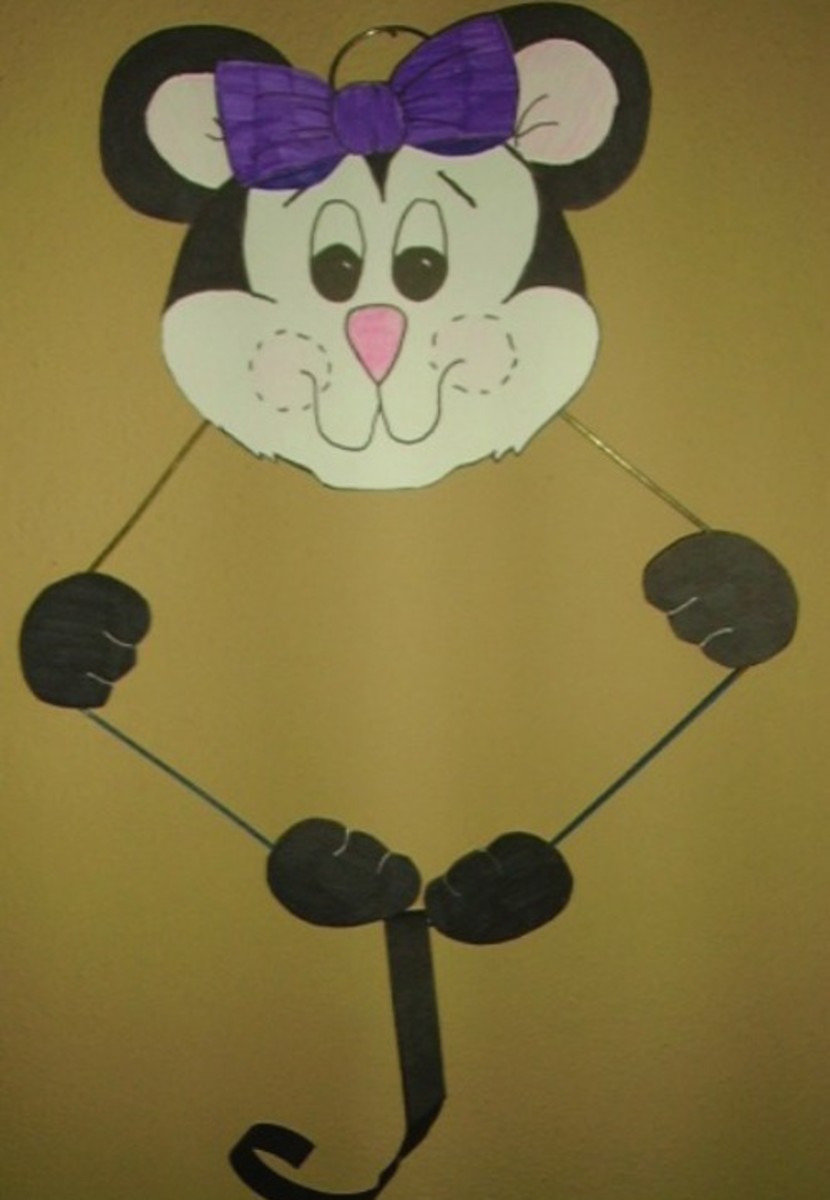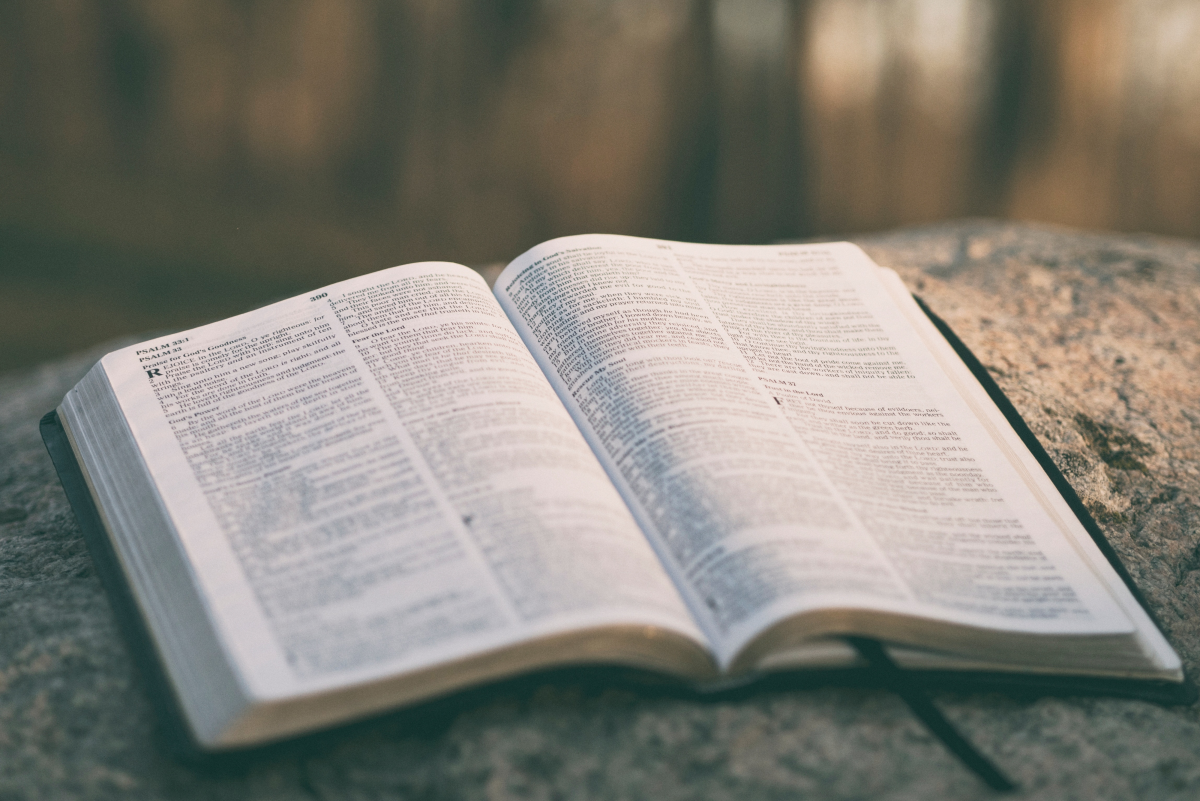Tips & Tricks for The Home
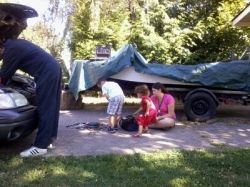
Saving you Money on costly items.
Hello everyone! I am writing today to share some information that will hopefully help you save money and time. Where we live there are swamp lands and when the water rises it comes very close to taking homes down the river. So, I have interviewed a retired contractor with some helpful hints. So, please come along with me and read about those tips and tricks.
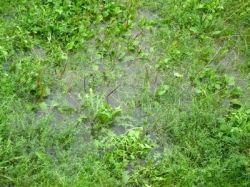
Flooding in your basement?
Preventative maintenance.
This can be done under your house, in the basement or even out in the yard. You will want to find the lowest point where the water will gather first. This is where you will want to dig a hole. The hole should be as deep as the bucket you will use.
Some other items that you will need:
Shovel
Hose or PVC pipe - length will depend on where you want it to drain it out to.
Sub pump
Metal mesh screen that will fit on the top of your bucket.
Bailing wire or mechanics wire.
Look in the items needed for this project below; these are not absolute as to what to buy, just to give you an idea of the things you will need to use.
Items needed for this project. - Or as close to them as possible.
Amazon carries so many different items. Check these items out.
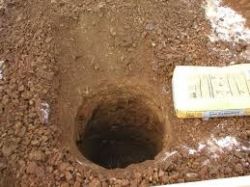
Here we go!
Let's get down and dirty.
Does the ground around your home look like the picture above?
If the ground looks like that after a little bit of rain, then you may want to get ready for a spring project or when the ground is not saturated with water.
You will want to work with a solid ground , rather than a muddy mess. And be sure to get the rest of the family involved in the project too.
1. Dig the hole to the same depth as your bucket with a little extra room around the bucket . Approximately 2 inches around.
2. Place a little gravel in the bottom of the hole. Approximately 2 inches.
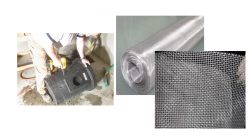
Now that we have the start, let's look at the next step.
3. Get your bucket, drill and wire mesh. Don’t forget the wire to connect things with.
4. Drill ¼ inch holes into your bucket. Keeping them separated and even. Put as many as you want, but not too many. There is no real set number. 3 – 15 holes will work just fine.
5. You may want to use bailing wire for this part.
6. Take your wire mesh and wrap it around the bucket make sure you have enough to cover the top also. This will allow water to go in and debris to stay out. You can use ¼ inch to ½ inch mesh. They will come in a roll as shown in the picture.
7. With your bailing wire or mechanics wire you are going to want to join the mesh together once you have it wrapped around your bucket.
Other Items you may need to finish this project. - If you don't have them, come here to Amazona and find them.
Amazon has just about everything that you can find at the local stores, but what happens when you think of a project that you want to start in the middle of the night.
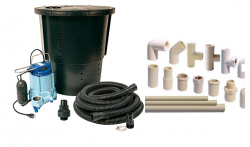
We have almost got this licked.
This may take some time but these are the necessary steps.
8. Depending on if you have a 5 gallon bucket with a lid or without a lid. You will be cutting holes into the lid so that you can run either a hose or PVC Pipe out.
9. Make sure you have enough of the wire mesh to go on top of your bucket if necessary, you may not even need any more.
10. You will be placing your bucket into the ground, along with you sump pump and to make things easier, you will have your power cords and lines all running up. So that will help you gauge how many holes that will be on top.
11. You will need to pour the gravel around the bucket that is in the hole now. This will actually help the water go into the bucket and will also work as a filter to leave out debris.
12. Once everything is where it should be you will want to fasten the lid to the bucket, or whatever you have chosen to put in the ground.
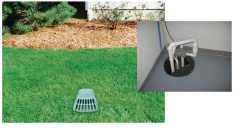
No drum rolls yet, just a few more things to do.
13. Now we need to make sure we have power to the pump and the pipe or hose is going downhill towards another area that won't flood out your home now. You can put as many of these in the ground as needed to keep your possessions safe.
14. Once you have determined how much pvc pipe you need or hose, like the one in the kit above, you will need to use. It will be all about connecting it all together.
15. Once everything is in place, let's clean up the rest of what is not being used.
16. The sump pump can be either flat with the surface or sticking up out of the ground.
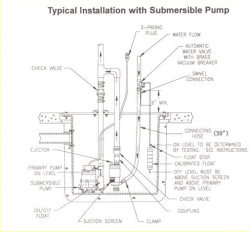
Diagram of How the installation
should look.
When installed properly what will happen when water starts getting to close to your home, the bucket should start filling up with water. When the level in the bucket is triggered the pump should come on and start pumping water out of the bucket and out through the hose or PVC pipe you have laid out away from your house. Depending on how much water you get in your area would determine what size of pump you will want to get.
Thank you for reading some tips and tricks! See you around again with more tips and tricks from the Great Northwest.
Retired contractor gives you practical information to ouse.doing things around the h












